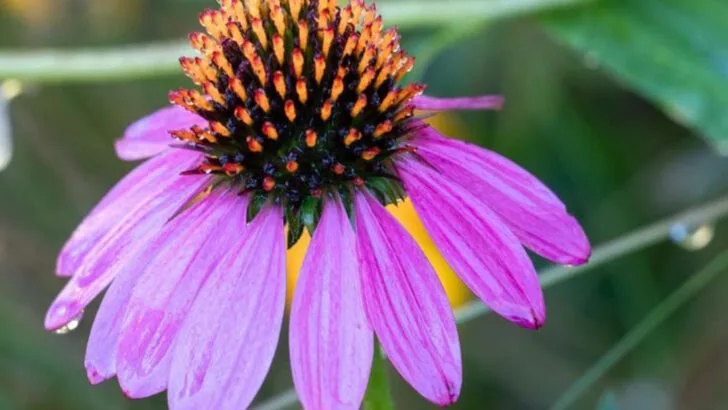Some plants just know how to take care of themselves and wildflowers are often at the top of that list. They’re the ones you spot blooming along the roadside or tucked into forgotten corners of a field, thriving without pampering, fertilizer, or careful pruning. There’s something refreshing about their no-nonsense approach to growing, just give them a bit of space and let them do their thing.
If you’ve been wanting to add some color to your yard without turning it into a full-time job, wildflowers might be the answer. They’re hardy, low-maintenance, and many are surprisingly adaptable to different soil and sun conditions. Here are 10 wildflowers that don’t ask for much but give a lot in return.
Black-eyed Susan
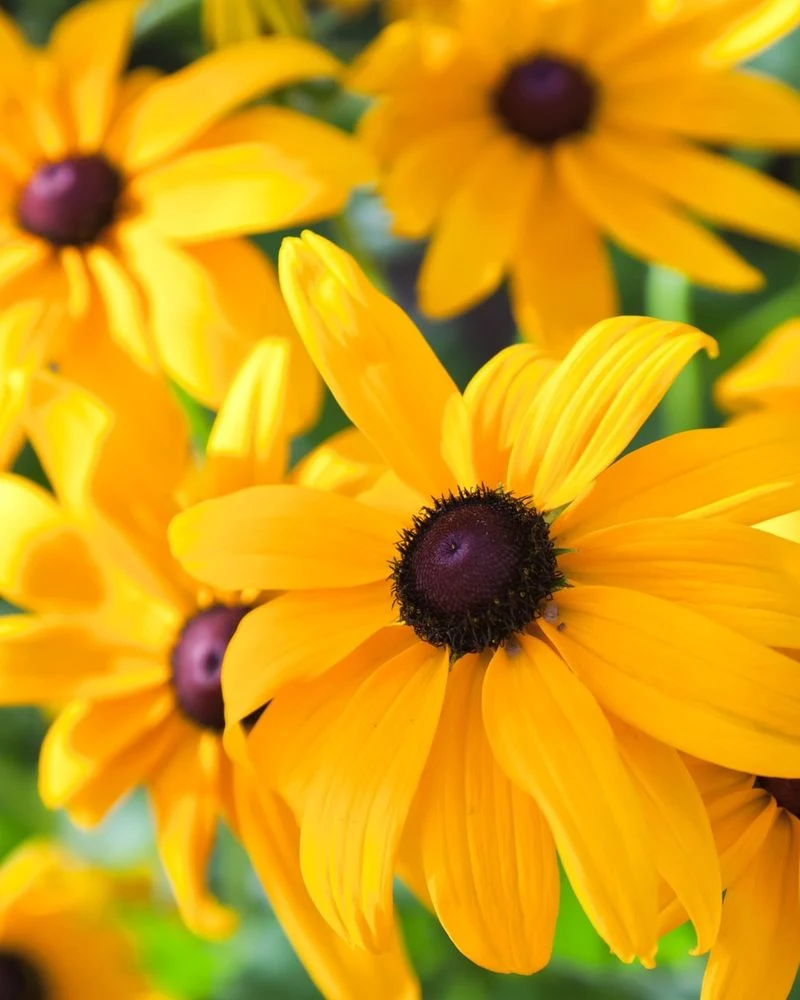
With its vibrant yellow petals and dark brown center, the Black-eyed Susan is a staple in wildflower gardens. Its cheerful appearance has made it a favorite among gardeners. This resilient plant thrives in full sun and well-drained soil.
Black-eyed Susans are drought-tolerant and attract butterflies, making them perfect for pollinator-friendly landscapes. Their low-maintenance nature means they require minimal care.
These flowers can bloom from June to October, adding color and life to any area. Whether in a meadow or a backyard, Black-eyed Susans bring a touch of sunshine to any space.
Coneflower
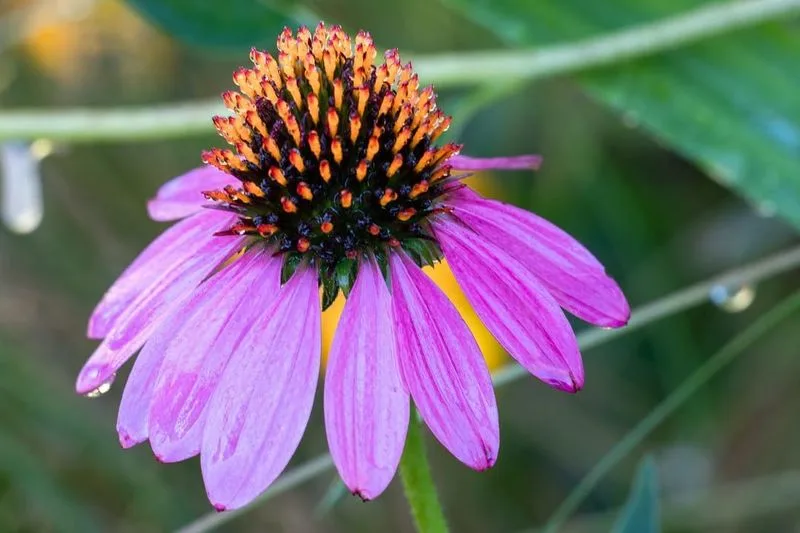
Coneflowers, known for their striking purple petals and raised center, are a sight to behold. They can thrive in various soil types, making them adaptable to different gardens.
These hardy perennials are drought-resistant and require little watering once established. Attracting butterflies and bees, they play a significant role in supporting local ecosystems.
Coneflowers can grow up to four feet tall, creating a dramatic display. Their long blooming season, from early summer to fall, ensures a continuous splash of color. Perfect for adding height and interest to any garden.
California Poppy
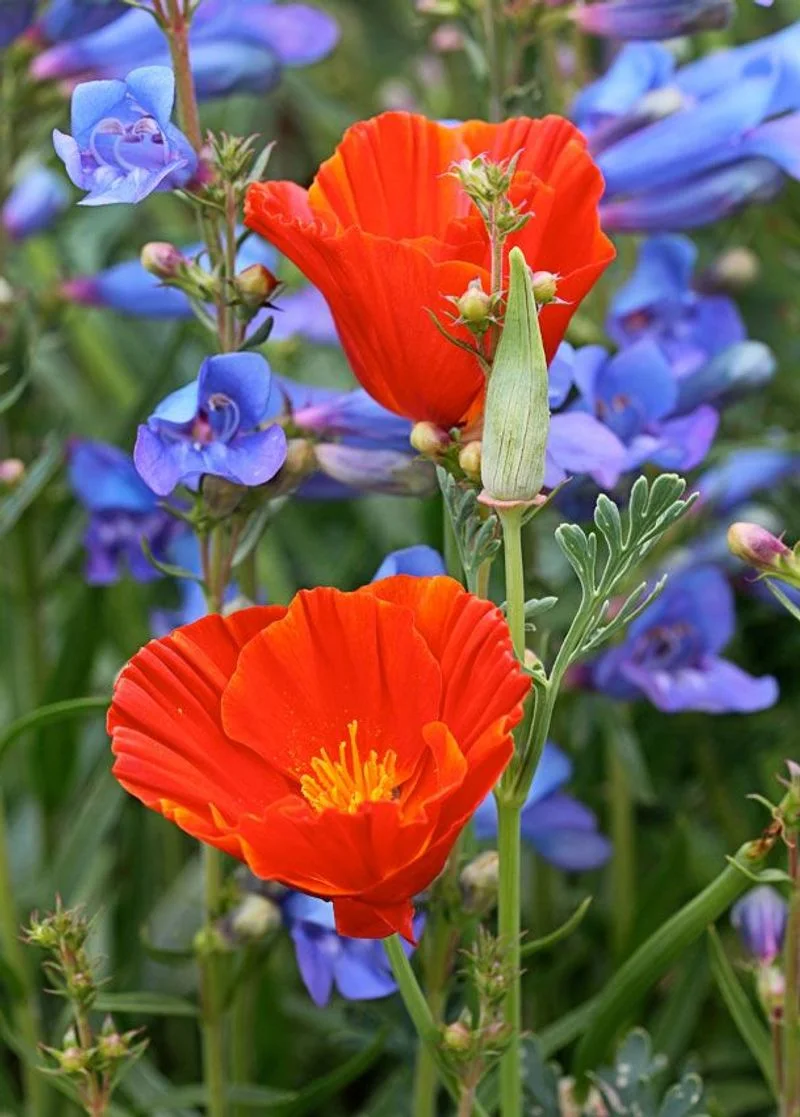
California poppies are renowned for their brilliant orange blooms and feathery foliage. This state flower of California is a symbol of natural beauty and resilience.
These poppies thrive in full sun and sandy, well-drained soil, making them ideal for rock gardens and open fields. Their low-water requirements make them perfect for drought-prone areas.
Blooming from spring to early summer, California poppies open in the sunlight and close at night, a charming trait that adds dynamic movement to gardens. Their ability to self-seed ensures they return year after year.
Oxeye Daisy
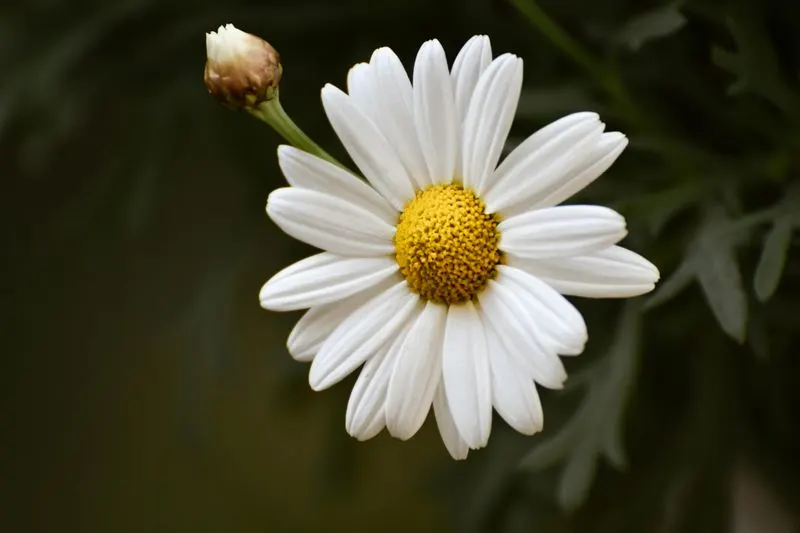
The Oxeye Daisy, with its classic white petals and sunny yellow center, brings a touch of nostalgia to any landscape. Their simple beauty offers an elegant charm that resonates with many gardeners.
These daisies are incredibly easy to grow, requiring little more than a sunny spot and occasional watering. They can spread quickly, filling spaces with their cheerful blooms.
Oxeye Daisies are loved for their long blooming period, lasting from May through August. They are excellent for naturalizing in meadows or as a delightful border in gardens.
Butterfly Weed
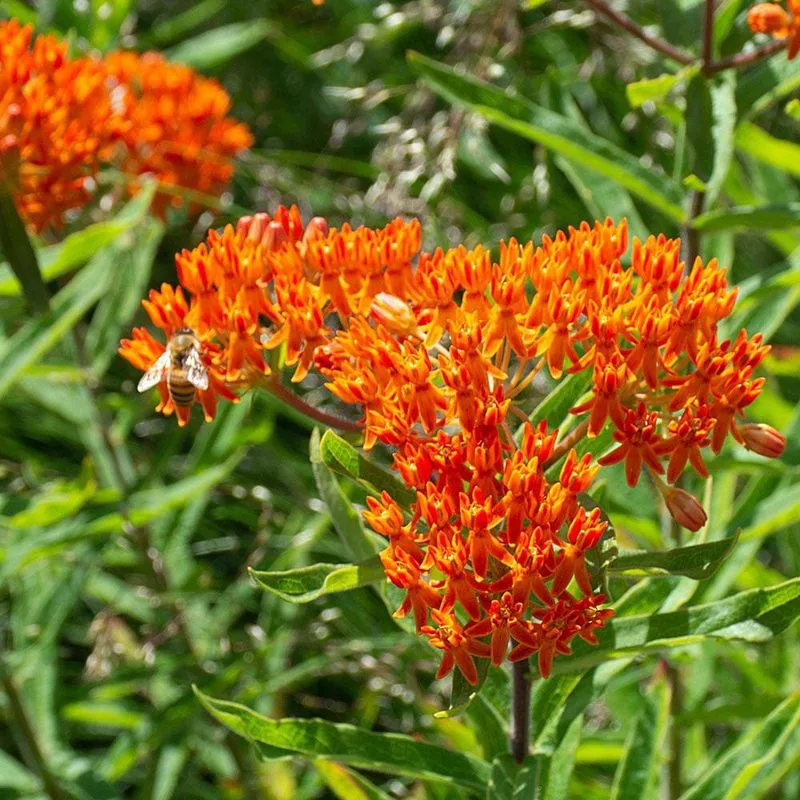
Butterfly Weed, with its vibrant orange flowers, is a magnet for monarch butterflies. This native wildflower is essential for butterfly enthusiasts and conservationists alike.
It thrives in full sun and well-drained soil, making it ideal for borders and butterfly gardens. Once established, it requires minimal watering and care.
Their blooms appear in late spring and continue through summer, providing continuous color and nectar. With its vibrant hue and ecological importance, Butterfly Weed is a must-have for any garden looking to support pollinators.
Chicory
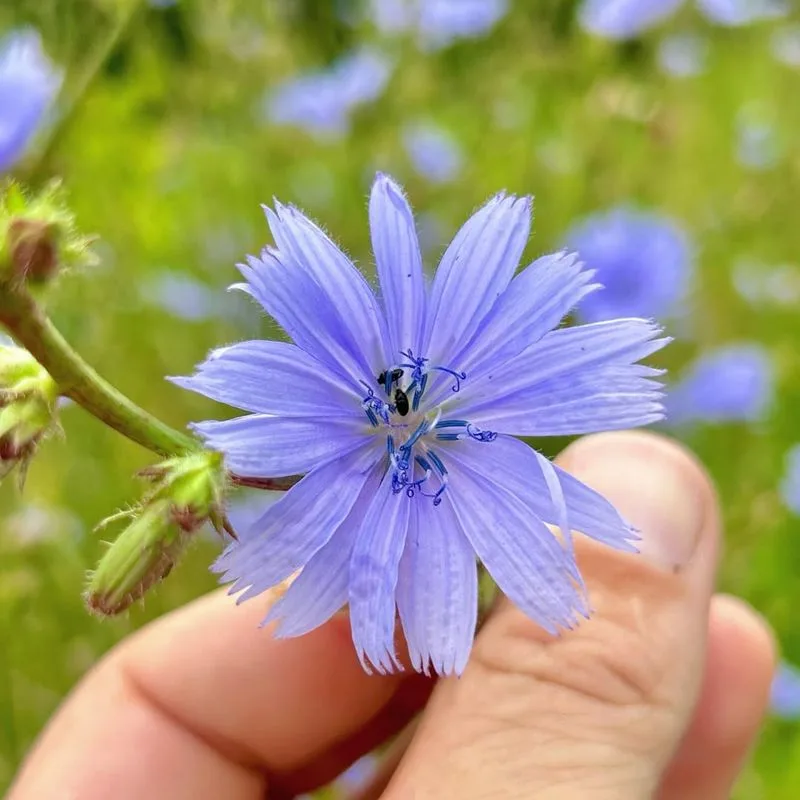
Chicory’s sky-blue blooms add a serene touch to roadsides and fields. This hardy plant is known for its resilience and ability to grow in poor soil conditions.
Chicory prefers full sun but can tolerate partial shade, making it adaptable to various environments. Its deep taproot helps it withstand drought, ensuring survival in tough conditions.
Blooming from late spring to fall, chicory provides long-lasting color. Its flowers open in the morning and close by noon, following the sun’s path. With its striking color and hardiness, chicory is a favorite among wildflower enthusiasts.
Lady’s Mantle
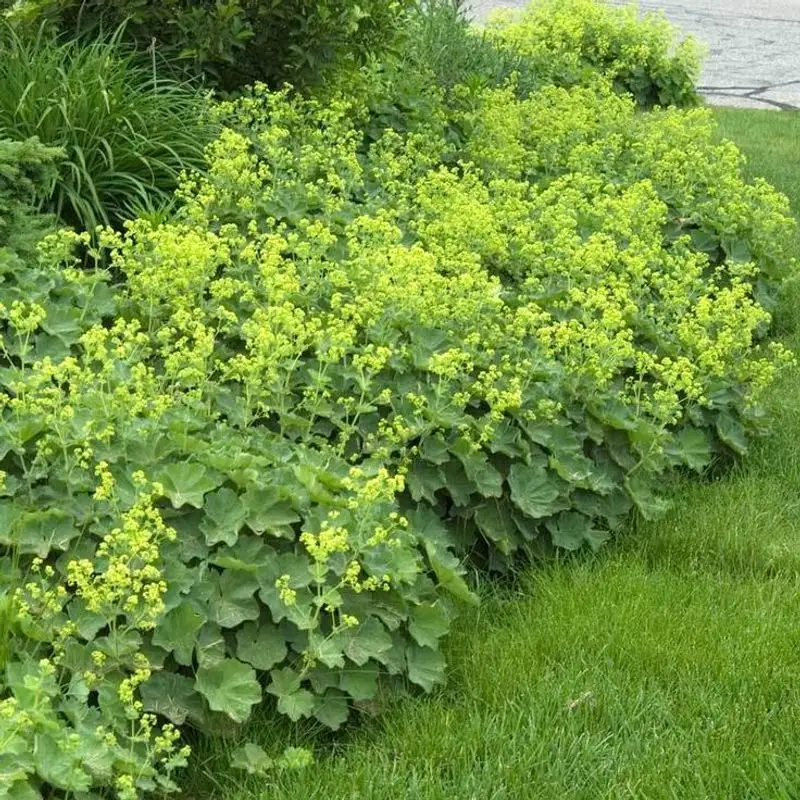
Lady’s Mantle, with its soft, scalloped leaves and delicate yellow flowers, adds a touch of whimsy to gardens. This perennial is cherished for its foliage that catches morning dew, creating a sparkling effect.
It thrives in partial shade and moist, well-drained soil, making it ideal for shaded borders and woodland gardens. Its low-maintenance nature means it requires little attention once established.
Blooming in late spring to early summer, Lady’s Mantle offers subtle beauty and texture. It’s perfect for adding a touch of magic to garden edges and shaded areas.
Yarrow
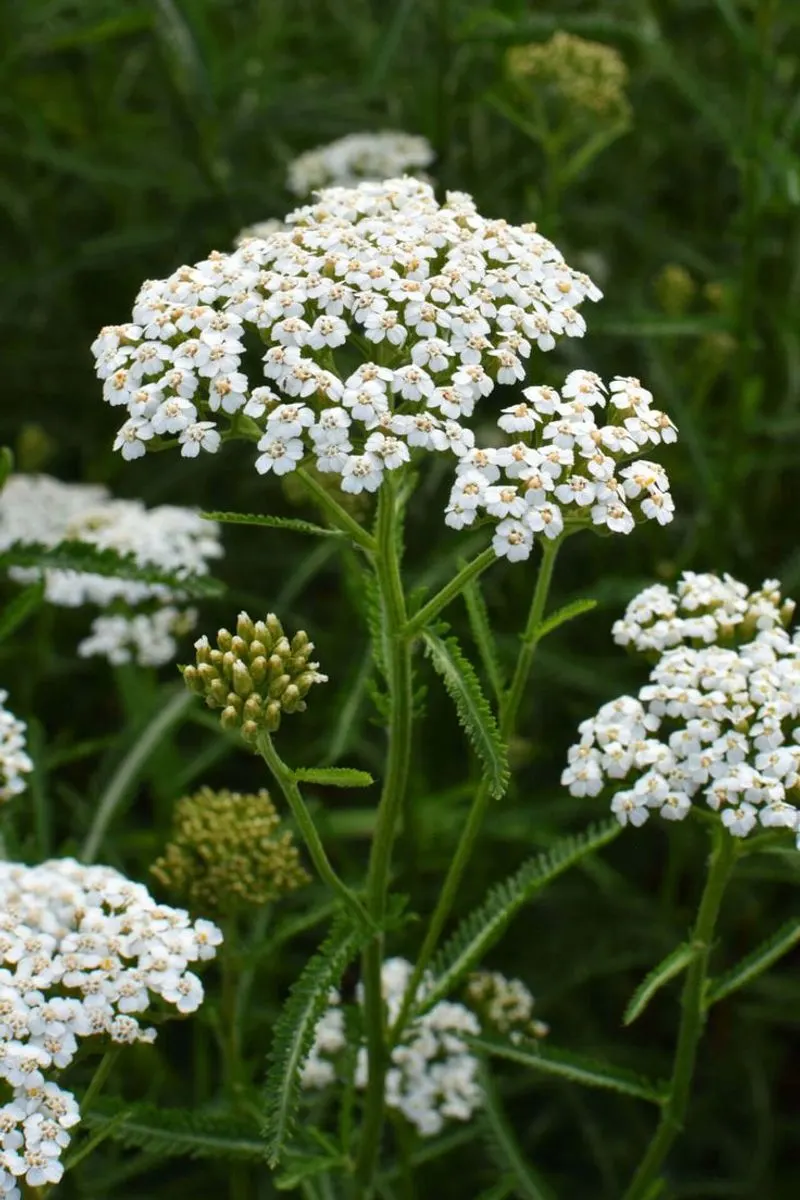
Yarrow, with its clusters of tiny white flowers, is a versatile and hardy wildflower. Its fern-like leaves add texture and interest to any garden setting.
Thriving in full sun and a variety of soil conditions, yarrow is drought-tolerant and low-maintenance. This makes it perfect for rock gardens or borders.
Blooming from late spring to fall, yarrow’s long-lasting flowers attract pollinators, contributing to biodiversity. Its ability to spread quickly makes yarrow an excellent choice for naturalizing areas and creating a wild, untamed look.
Bluebell
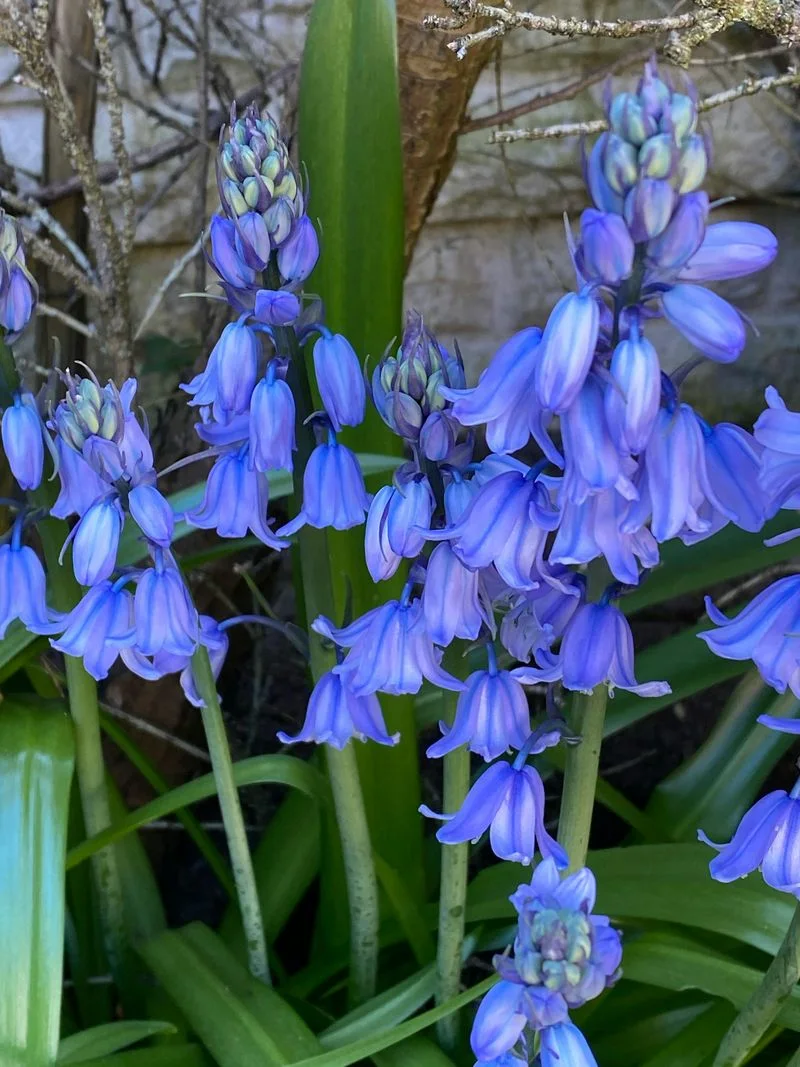
Bluebells transform woodlands into enchanting landscapes with their bell-shaped, blue flowers. They are synonymous with spring, creating a breathtaking carpet of color.
These perennials thrive in partial shade and moist, well-drained soil, making them ideal for woodland gardens. They require little maintenance once established.
Blooming from mid to late spring, bluebells provide an early source of nectar for bees. Their ability to naturalize and spread makes them perfect for creating magical, fairy-tale-like settings in gardens and wooded areas.
Evening Primrose
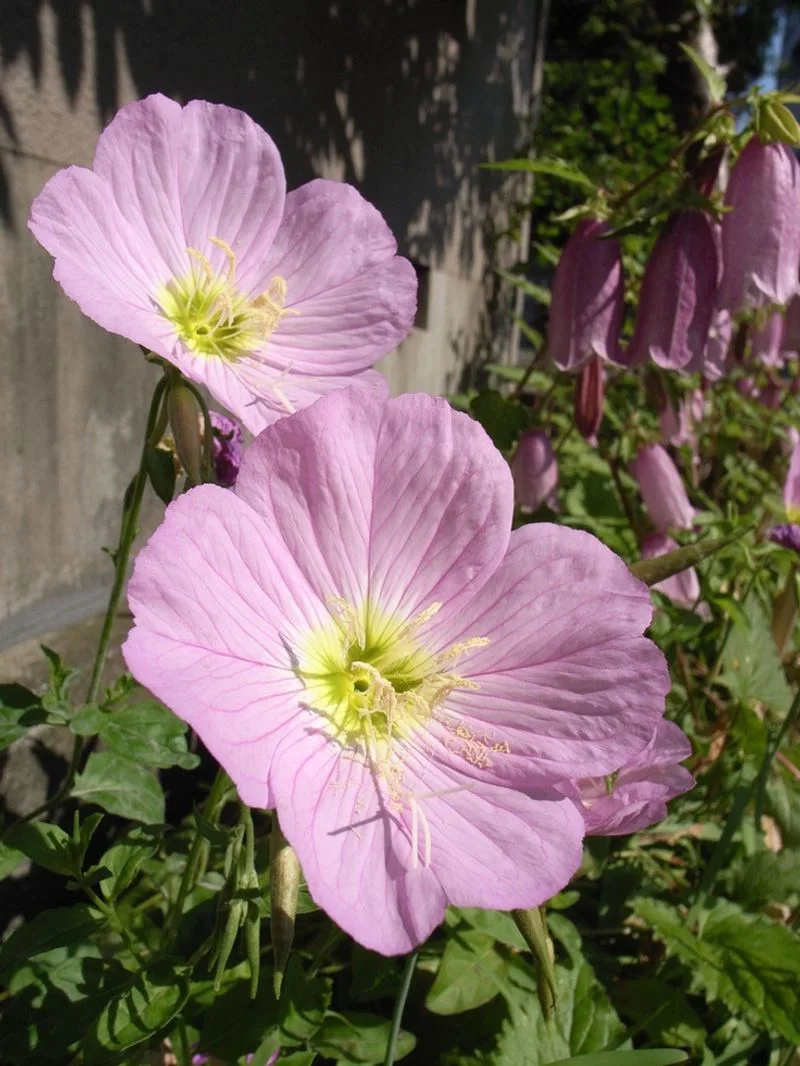
Evening Primrose, with its luminous yellow blooms, is a unique addition to gardens. Known for opening its flowers in the evening, it adds intrigue to any landscape.
This biennial prefers full sun and well-drained soil. It’s drought-tolerant and requires minimal care, making it a practical choice for low-maintenance gardens.
Blooming from late spring to late summer, Evening Primrose provides a striking display against the twilight sky. Its ability to self-seed ensures it returns, offering continuous beauty. Perfect for adding a touch of evening elegance to gardens.

